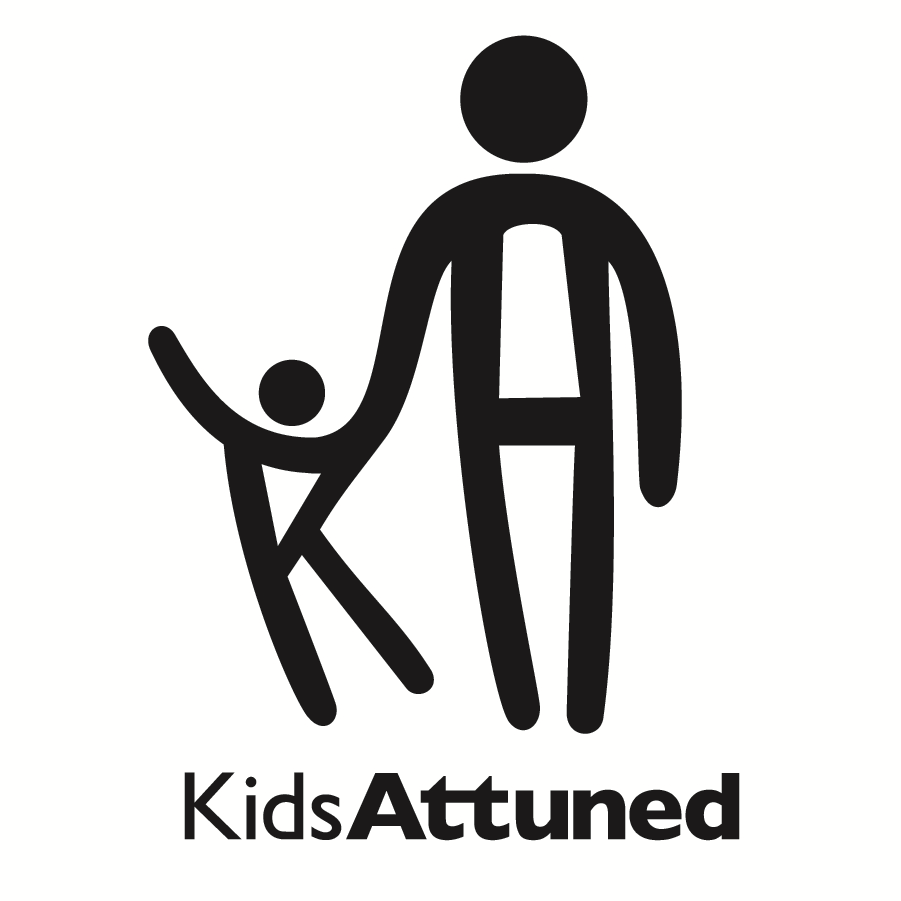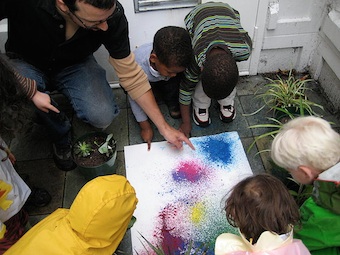Originally published by Todd Wanerman at http://www.toddwanerman.com/
During twenty-five years of teaching preschool at The Little School, I had the privilege, along with my colleagues, of promoting higher program quality in various settings around the world. We began by putting on workshops, and moved on to conferences, a teacher training film, two books, and most recently, consulting with individuals and groups.
These opportunities have grown to the point where I have decided to give up working with children in favor of devoting even more time promoting high-quality early childhood education in as many programs as possible.
So it should come as no surprise, then, that I’ve been thinking a lot lately about this concept of high quality. For, if I am to effectively support growth in the field, I feel that I should understand what it is we’re talking about when we refer to “high program quality.”
And something about that phrase doesn’t seem right all of a sudden. “High,” (along with “medium” or “middle” and “low”) is a quantitative marker. It makes us think of a thermometer or bar graph to illustrate how any program rates on the quality scale. We naturally think of a “high quality” program as rating, say, at least 8 on a scale of 10.
Quality on its own, however, is the opposite of quantity – it cannot be measured. It has to be defined or described. It is subjective and impressionistic rather than empirical and concrete. And I can’t help thinking here about how children develop in both quantitative ways (becoming taller and stronger, for example) as well as qualitative ways (learning to see the world through one’s own eyes and the eyes of others, for example).
Now, I don’t know that there’s anything necessarily wrong with a quantitative measurement of quality. No one would argue that we want to help programs and teachers reach higher levels of education, skill, experience, and so on. But let’s pursue this argument anyhow: what would a qualitative definition of program quality look or sound like?
You might answer that question at first by listing some qualities you would expect to see in an excellent program or practitioner – creativity, passion, efficiency, and so on. And there is agreement about what qualities support program excellence. Or you might list the qualities you would promote in a graduate of an excellent program. (Little School alums, for example, are often recognized for their empathy and social problem-solving skills).
However, in my work with many different programs over the last five years, I have noticed something that points to a different approach to qualitative improvement in program quality. That is, in order to be an effective consultant, I have had to focus less on what qualities I value in programs and more on the individual qualities of the teachers, classrooms, schools, districts or even regions with whom I partner. I’ve learned to listen carefully about what qualities my clients value in a program and to help them decide what qualities they want to promote in their programs.
The program qualities an individual teacher, classroom, or center desire are a direct and organic outgrowth of the circumstances in which they operate – the communities they serve, the training and philosophy of the staff, the physical environment. Just as I once paid close attention to individual children in order to know how to best apply my expertise, I need to focus on the partnership process with adults to know how I can help.
When working with young children, we often emphasize process over product – we focus on the learning journey and the development of learning habits over finished work or skills mastered (quality over quantity, you might say). Working with adults is similar: I find the best results come from focusing less on outcomes – adoption of practices, mastery, or understanding of certain concepts – than to focus on this process of exploring and defining the client’s goals and priorities. That is to say, the relationship between program and consultant creates the most effective outcomes.
This is the kind of consulting to which I am now devoting my time – using relationships to promote quality in an individualized way. This circles back to a book I wrote with Leslie Roffman and Cassie Britton, Including One, Including All: A Guide to Relationship-based Early Childhood Inclusion. Here as well, we argued that it is the authentic and caring relationships between teachers and children, children and children, and schools and families which provide a framework for supporting diverse learners.
This has been the key to my ability to help diverse programs promote the unique quality – or should I say qualities – that will help them become better programs.
Enter the text or HTML code here

